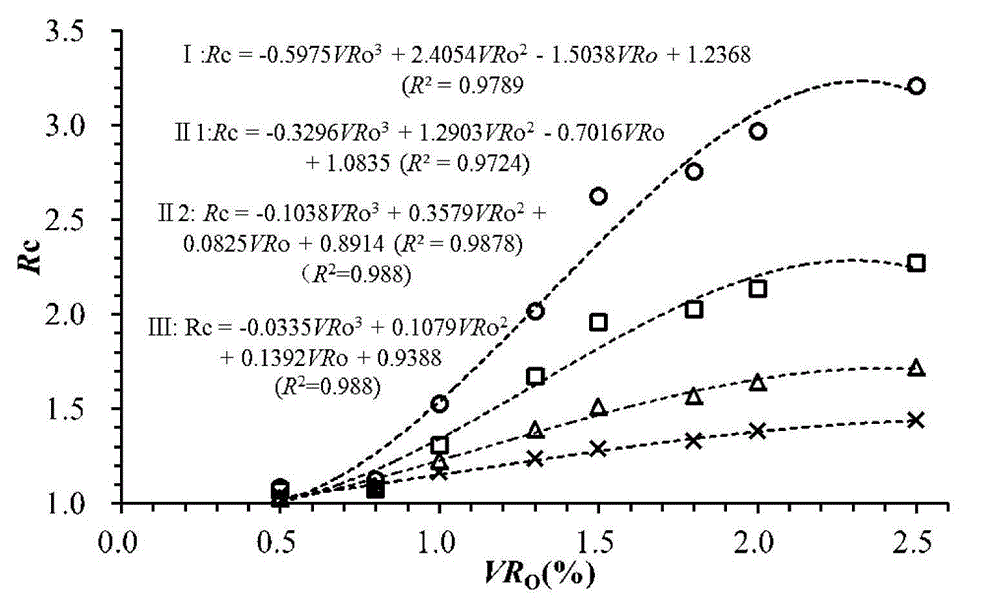Predication method of organic holes of different types of clay shale
A prediction method and mud shale technology, applied in petroleum, mining exploration and development, and geological fields, can solve the problems of test results being affected, inability to use actual measurements, etc.
- Summary
- Abstract
- Description
- Claims
- Application Information
AI Technical Summary
Problems solved by technology
Method used
Image
Examples
Embodiment Construction
[0065] The present invention will be further described below in conjunction with accompanying drawing.
[0066] Such as Figure 5 As shown, a method for predicting different types of organic pores in shale includes the following steps:
[0067] (1) Establish a conceptual model: such as figure 1 As shown, according to the different situations of conversion of organic matter into hydrocarbons, the organic pores of mud shale are divided into three types, which are respectively defined as the original organic downhole Φ op , the generated organic downhole Φ Pre , the unformed organic submerged hole Φ Rem , the total original available carbon TOC in the shale 0 Including organic carbon TOC emitted as hydrocarbons Exp and residual organic carbon TOC after hydrocarbon expulsion Rem Two parts, where the residual organic carbon TOC after hydrocarbon expulsion Rem It is the TOC actually detected by the sample today; in the original organic carbon TOC 0 In , only a part of organi...
PUM
 Login to View More
Login to View More Abstract
Description
Claims
Application Information
 Login to View More
Login to View More - R&D
- Intellectual Property
- Life Sciences
- Materials
- Tech Scout
- Unparalleled Data Quality
- Higher Quality Content
- 60% Fewer Hallucinations
Browse by: Latest US Patents, China's latest patents, Technical Efficacy Thesaurus, Application Domain, Technology Topic, Popular Technical Reports.
© 2025 PatSnap. All rights reserved.Legal|Privacy policy|Modern Slavery Act Transparency Statement|Sitemap|About US| Contact US: help@patsnap.com



